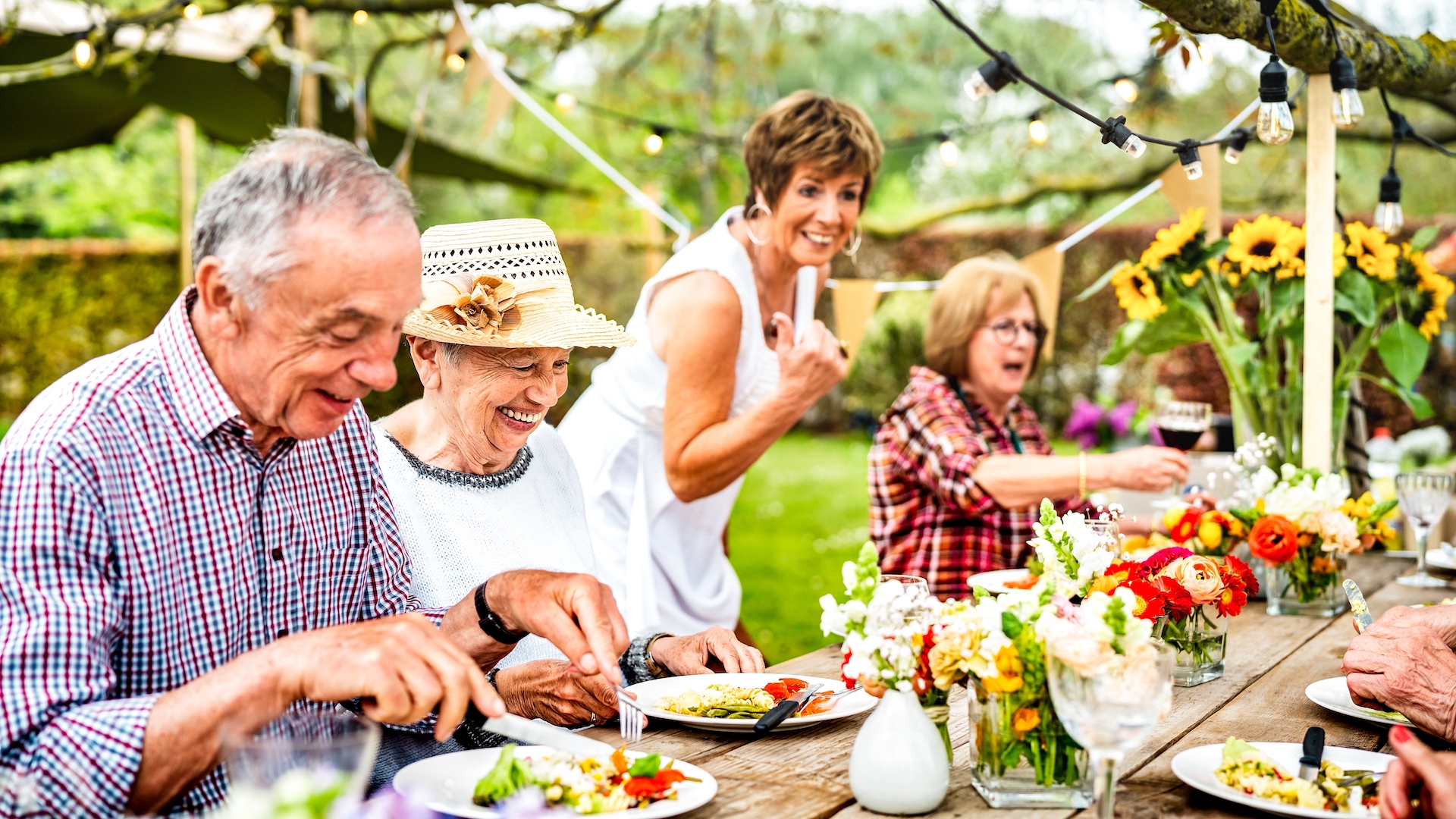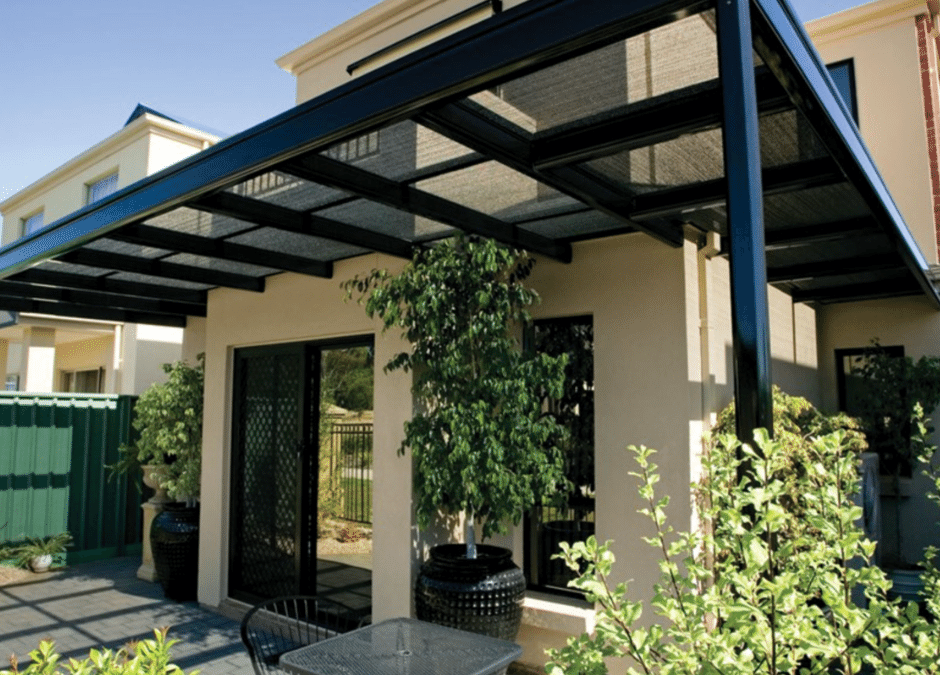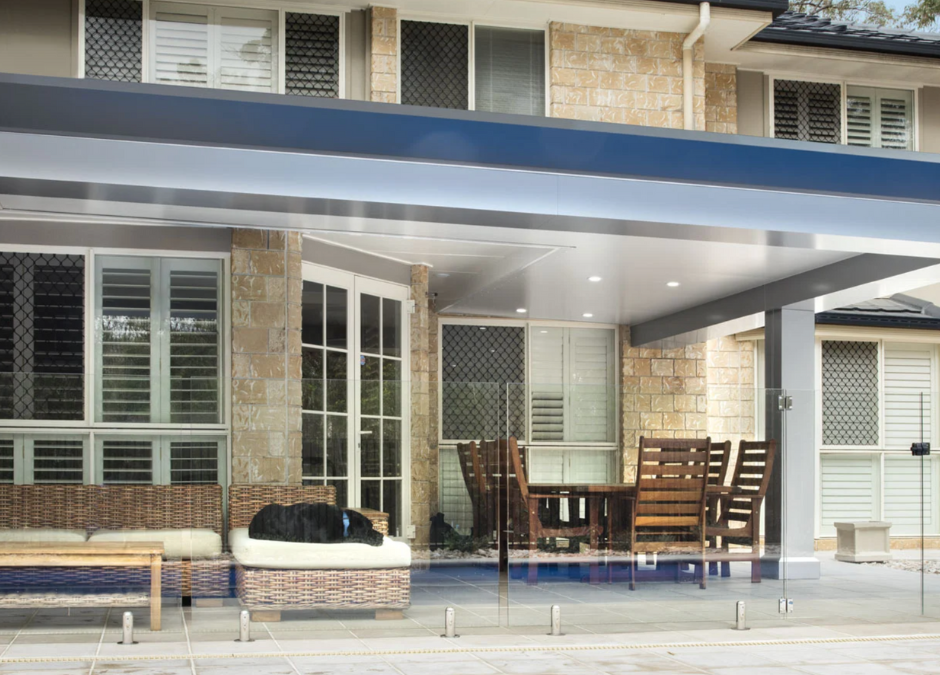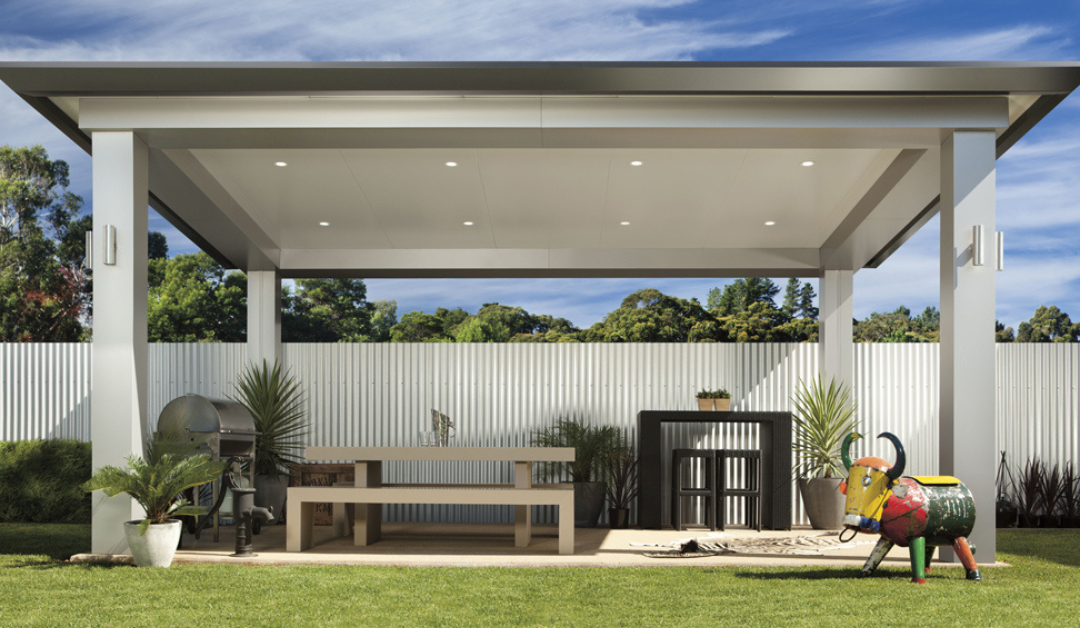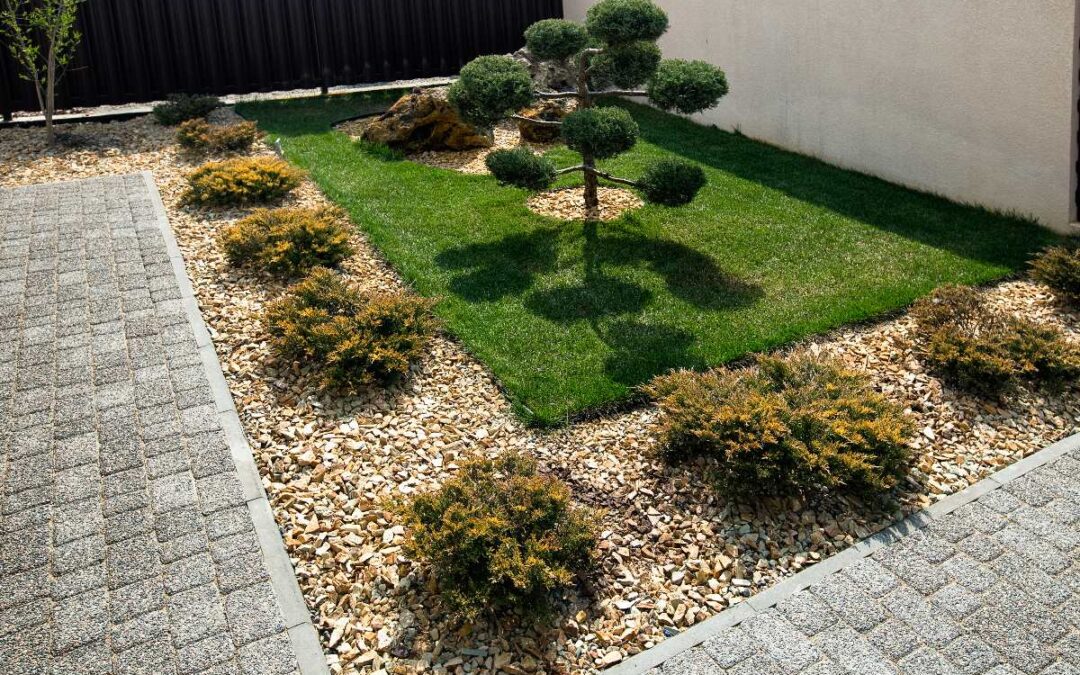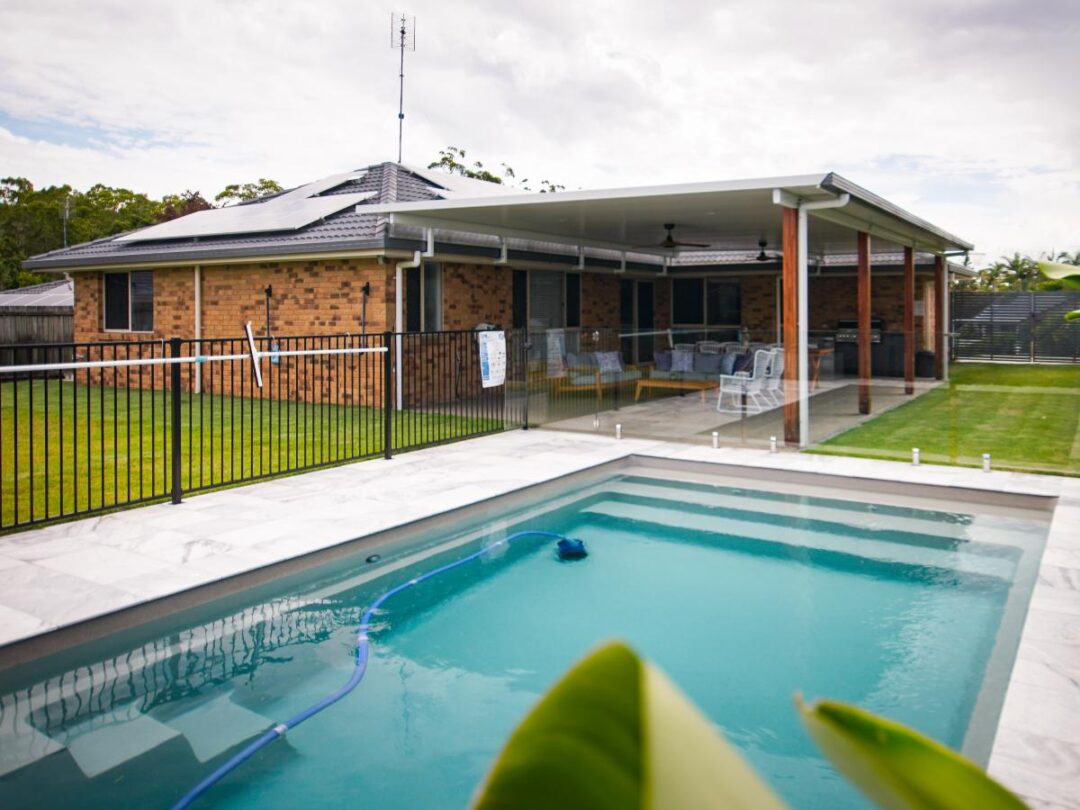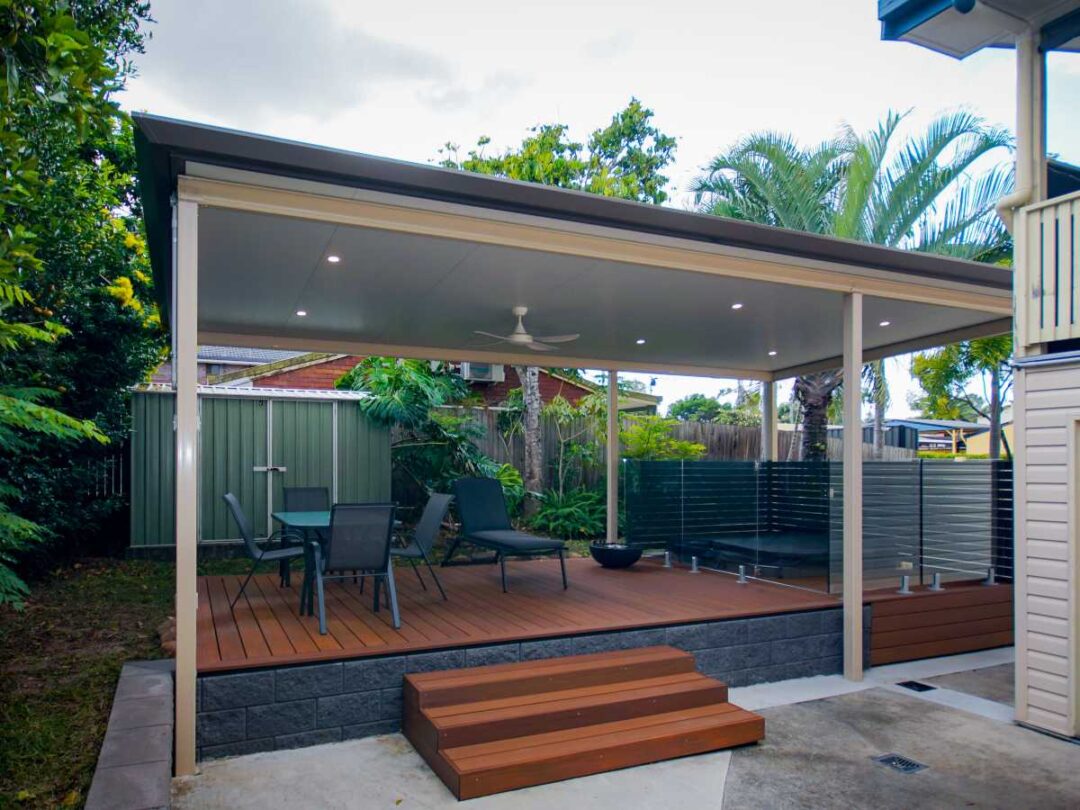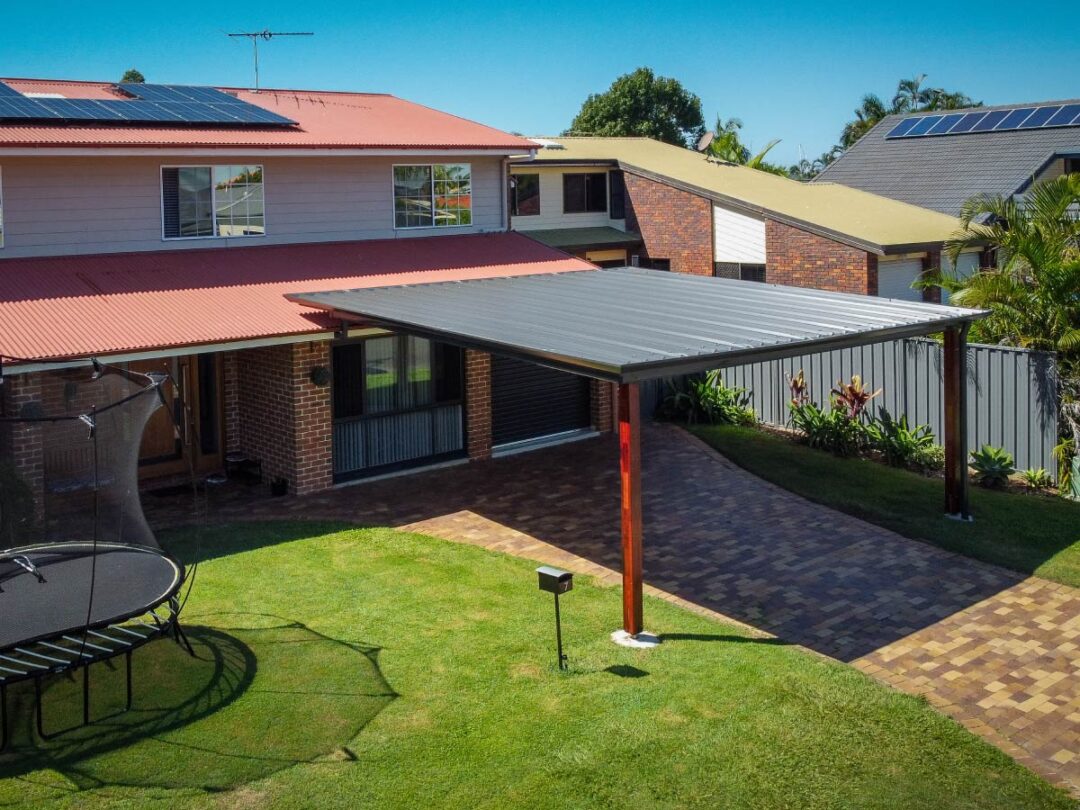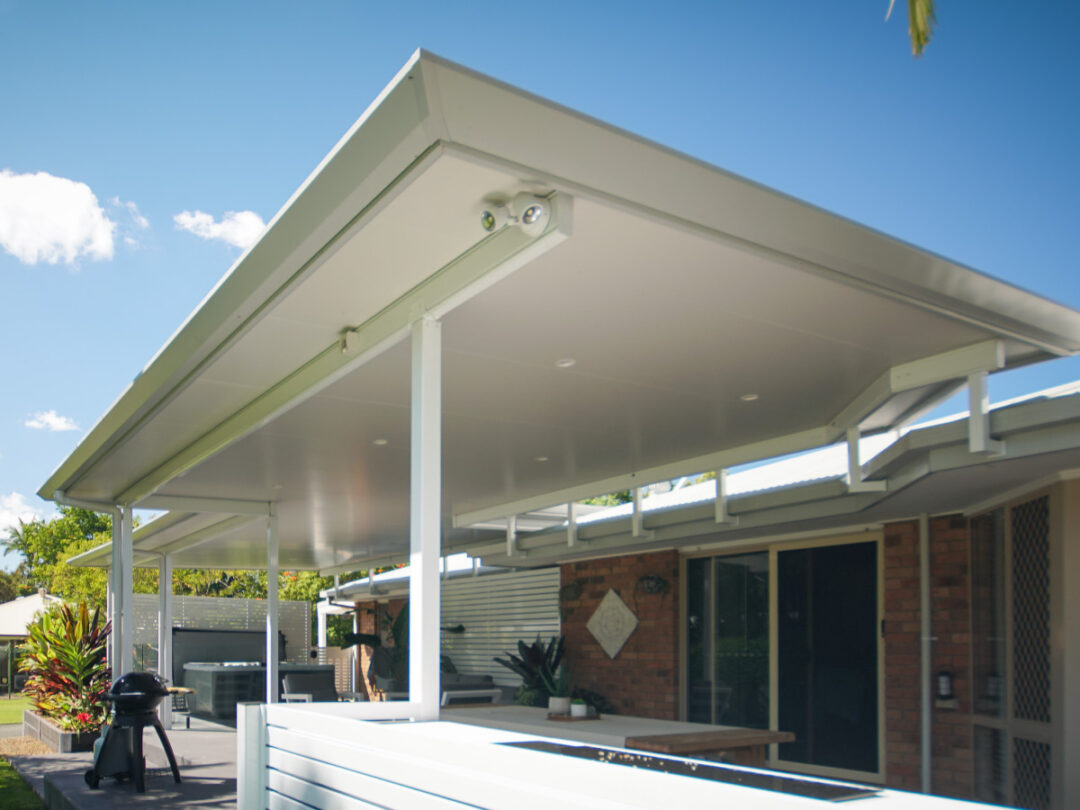You don’t need acres of land to grow your own tasty herbs and veggies – even the smallest yard, patio or balcony can produce a bountiful edible garden with a little know-how. Get ready to transform that unused outdoor space into a lush, productive paradise. With some simple planning and preparation, you’ll be harvesting homegrown tomatoes, lettuce, basil and more in no time. Growing your own edible garden is easier than you think when you follow a few guidelines tailored to small spaces. This quick guide will provide tips to create a patio garden bursting with fresh flavours regardless of your yard size. You’ll learn clever tricks to maximise your limited area and select the right compact varieties to thrive. So get ready to unleash your inner urban farmer and enjoy the fruits of your labour with a vibrant potager close to your kitchen.
Small Space Gardening: Grow a Patio Herb Garden
Want fresh herbs but lack yard space? No problem. A patio herb garden is perfect for small spaces and beginner gardeners.
Start with the basics. Pick 3-5 of your favourite herbs like rosemary, thyme, chives or basil. Plant them in containers with drainage holes and place them in a sunny spot. Water when the top inch of soil is dry and fertilise during the growing season.
Once your herbs are thriving, consider adding edible flowers like nasturtiums or calendula. Their petals are colourful and peppery, perfect for garnishing salads or drinks.

If you have limited patio space, try vertical gardening. Install wall planters or a trellis and grow vining plants like passionfruits, cucumbers and grapes. They’ll provide greenery without taking up floor space. If you do opt for a vertical garden, make sure to utilise hooked pots or troughs so you can move them around as needed just in case their position isn’t optimal for growth.
A patio herb garden allows anyone to enjoy homegrown flavour. For many beginner gardeners, all they want is to grow the things they constantly waste, or simply don’t need the amount that comes with grocery store purchases. If you find that you can never get through a bunch of mint from the stores, or that you always have chillies rotting in the crisper of your fridge, or shallots wilting, then a small garden puts fresh produce on offer whenever you need it.
With the right conditions and a little TLC, you’ll be harvesting fresh herbs in no time!
Best Herbs and Veggies for Container Gardening
Basil
Fresh basil is a must for any patio garden. This aromatic herb thrives in containers and a single plant can supply you with a season’s worth of pesto. Basil needs full sun and moist soil, so water regularly and fertilise during the growing season.
Tomatoes
If you have a spot that gets 6-8 hours of sun, tomatoes are perfect for containers. Opt for compact varieties like ‘Sweet 100’ or ‘Sun Gold’ that produce an abundance of bite-sized fruits. Use a large pot, at least 45 cm across, and place a tomato cage or stake in the pot to support the plant.
Lettuce
Loose leaf lettuces like arugula, spinach and kale can be grown in shallow containers. They only require 3 to 4 hours of sunlight so they’re ideal for balconies or patios with limited space. Plant seedlings or sow seeds directly in the container. Keep the soil moist and harvest leaves as needed for fresh salads all season long.
Herbs
In addition to basil, other herbs that thrive in containers include chives, mint, parsley, rosemary, sage and thyme. Group a variety of herbs together based on their light and water needs for an easy, compact herb garden. Annual herbs will need to be replanted every year but perennial herbs like rosemary and thyme will come back year after year.
Determine What Space You Have Available
Look Up
Do you have space on an apartment balcony, patio, deck or rooftop? Vertical space is perfect for vining veggies like peas, beans, tomatoes or cucumbers on trellises. Dwarf fruit trees suited to containers will also make good use of vertical space.
Look Down
Use the ground you have, no matter the size. Plant dwarf vegetable varieties suited to small spaces in containers, raised garden beds or directly in the ground. Things like leafy greens, radishes, carrots and bush beans will all work great. If space is really limited, focus on high-yielding crops.
Think Small
Choose compact vegetable varieties specifically suited to small spaces. Things like ‘Pixie’ cabbage, ‘Thumbelina’ carrots or ‘Bambino’ eggplant will give full-sized harvests from little plants. Also, consider microgreens or sprouts which can be grown in shallow trays.
With some creative thinking, you can find ways to grow an abundance of fresh food no matter how much or little space you have available. Look up, down and small – the possibilities are endless!
Select Which Plants You Will Use The Most
Choose herbs and veggies your family enjoys and will use regularly. Some great options for small spaces include:
Herbs
Herbs like basil, chives, mint, oregano, rosemary, and thyme do well in small containers. They add flavour to cooking without taking up much room.
Leafy Greens
Lettuce, kale, spinach, and Swiss chard can produce multiple harvests in a single season. They can be grown in shallow planters, vertical gardens, or window boxes.
Tomatoes
Dwarf tomato varieties are ideal for patios and balconies. Look for “patio”, “balcony” or “container” in the name. Cherry tomatoes and small salad tomatoes also work well and produce a good harvest for their size.
Other Options
Radishes, carrots, beans, cucumbers, and peppers can also thrive in confined spaces when given the proper care and support. Look for “patio”, “balcony” or “container” in the name.
Selecting the right plants is key to success. Focus on options suited to small spaces that your family will actually eat. With the right choices and care, you can enjoy homegrown produce no matter the size of your yard.
Creative Ways to Maximise Vertical Space for an Edible Patio Garden
One of the best ways to make the most of limited space is to go vertical. Trellises and lattice
Trellises, lattice and cages are ideal for vining plants like cucumbers, beans, and tomatoes. As the plants grow, train them up and onto the structure. This works for smaller patios and balconies.
Wall planters and racks
Mount planters, racks and shelves on walls, fences or railings. Use them for strawberries, leafy greens, herbs and dwarf-determinate tomatoes. Look for options that don’t require drilling into walls. These are great when ground space is limited.
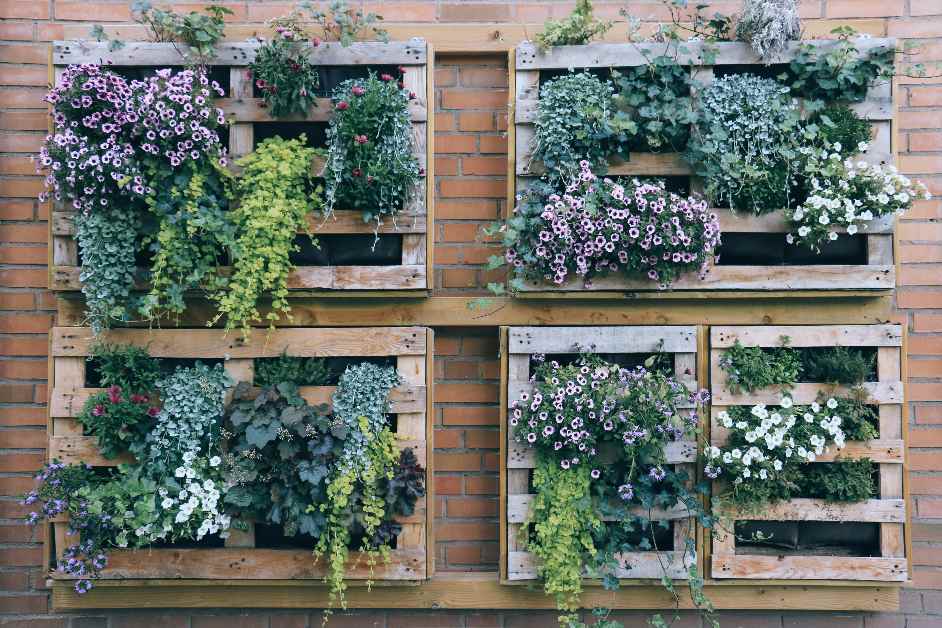
Hanging baskets
Fill hanging baskets with strawberries, cherry tomatoes, beans, lettuce or herbs. Use brackets to hang multiple baskets at varying heights for a decorative edible wall. For small patios, hanging baskets are space efficient.
By maximising the vertical spaces, you can grow an abundance of fresh produce in a tiny area. Get creative with the layout and types of structures. An edible patio garden, no matter the size, can be a rewarding endeavour.
Good Soil
Healthy, fertile soil is essential for growing abundant veggies and herbs. Aim for loose, well-drained soil with plenty of organic matter like compost or peat moss. If your native soil is dense clay or sand, enrich it with compost or topsoil.
For container gardens, use a quality potting mix instead of garden soil, which can compact and suffocate roots. A mix of perlite, vermiculite, and compost or coir provides drainage and aeration for roots to thrive. Whether in the ground or containers, test your soil to determine if it’s lacking in nutrients like nitrogen, phosphorus or potassium and amend as needed.
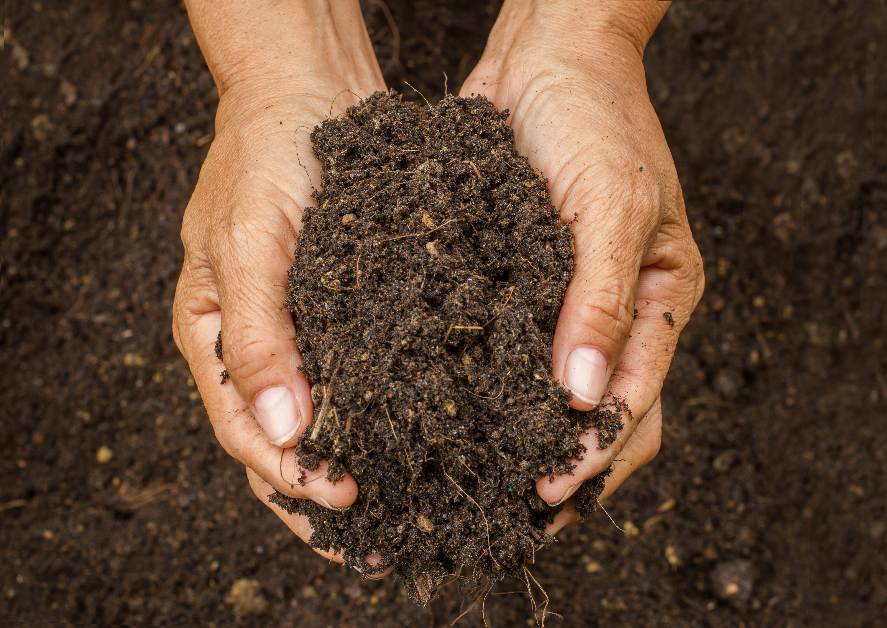
The ideal soil has a slightly acidic pH between 6 and 7. If your soil is too alkaline or acidic, add lime or sulphur to adjust the pH. Most veggies and herbs prefer soil on the slightly acidic side of neutral.
With the right soil as your foundation, your patio garden will produce bountiful harvests to enjoy all season long. Keep your soil healthy by adding compost, fertiliser and mulch regularly and rotating crop locations each year. Your plants will reward you for it!
Try a Square Foot Garden
A square-foot garden is a great option if you have limited space. As the name suggests, you section off your garden into square feet and plant different herbs, veggies or flowers in each square. The squares make the most of the available space while keeping things organised.
To start, construct a box with grids that section off one square foot space. You can use wood, wire mesh or repurposed materials like wooden pallets. Fill the box with a mixture of compost, topsoil and peat moss. For each square foot, determine how many plants of each type you want to grow based on the recommended spacing. For example, you may plant 16 carrots in one square, or a single tomato plant in another.
The square-foot approach works well for beginners and experienced gardeners alike. You can start with just a few squares and expand over time as you get the hang of it. The defined space of each square also makes maintenance and harvesting easier. So get out there and start plotting your square-foot garden! Every little bit of homegrown food will be worth the effort.
Start with Hardy, Easy-to-Grow Plants
For your first foray into patio gardening, choose plants that are easy to care for and able to withstand some neglect. Herbs like mint, rosemary, thyme, chives and oregano are perfect for beginners. They don’t require rich soil and can thrive with limited watering and fertiliser. Leafy greens such as kale, spinach and Swiss chard are also quite hardy and fast-growing.
If you have limited space, focus on compact or dwarf varieties of veggies and herbs. Dwarf tomatoes, bush beans, lettuce and carrots can produce good yields without taking up too much room. You’ll have the satisfaction of harvesting homegrown produce in a small patio or balcony.
Once you get the hang of it, you can try heat-loving plants like peppers, eggplants and cucumbers. The key is to start simple and build up your gardening skills over time. With regular care and maintenance, even novice gardeners can have a thriving patio garden.
Top Tips for Caring for Container Plants
When gardening in small spaces, caring for your container plants is key. Pay close attention to their needs and they’ll reward you all season long.
Check on your container plants daily, especially in hot or dry weather. Stick your finger an inch into the soil—if it’s dry, it’s time to water. Container plants dry out fast, so water thoroughly until it flows from the drainage holes. Let the excess drain, then empty the saucer.
Feed your plants every few weeks. Use a balanced fertiliser at half the recommended strength. Too much fertiliser can burn roots in containers.
Pinch back or prune plants to control their size and shape. This will also encourage new growth.
Repot if roots are circling the container. Move up one size and use fresh potting mix.
Group plants with similar light and water needs. This makes care and maintenance easier.
Protect from extreme heat or cold. Move containers into a sheltered area or cover them when needed.
Check for common pests like aphids, spider mites, and mealybugs. Treat or remove infested plants to avoid spreading.
With the proper care and feeding, your container plants will thrive and provide you with homegrown goodness all season long. Stay on top of their needs and you’ll have happy, healthy container plants for years to come.
Patio Garden FAQs: Answering Common Questions on Growing in Small Spaces
Growing fresh food in a small space like a patio or balcony brings up lots of questions for beginners. Here are some of the most common ones:
Will my patio garden produce enough food? With careful planning, you can grow plenty of herbs, salads, and veggies in a few square feet. Choose high-yielding, space-efficient plants and use vertical gardening techniques like trellises to maximise your harvest.
What can I grow in limited space? Focus on dwarf or compact plant varieties, leafy greens like lettuce and spinach, herbs such as basil, chives, thyme, and cilantro, or veggies like tomatoes, radishes, carrots, and beans that do well in containers. These tend to produce good yields without taking up too much room.
How much sun do my plants need? Most edible plants need at least 6 hours of direct sun per day to produce well. Choose a spot on your patio that gets plenty of sun exposure for the majority of the day. If your space is limited to part-shade, select shade-tolerant varieties and be prepared for slightly lower yields.
Do I need special equipment? The basics you’ll need are containers, potting mix, seeds or seedlings, and fertiliser. For vining plants, set up a trellis. A trowel, watering can, and garden gloves will also come in handy. Keep things simple, especially when you’re first starting out. You can always add more gear over time as your gardening skills grow.
With some planning and the right approach, you’ll be harvesting homegrown goodness from your patio garden in no time. Start small, choose suitable plants, and don’t forget to enjoy the experience! Your mini edible oasis will provide delicious rewards for your efforts.
Rotate Plants Seasonally
As the seasons change, rotate your patio plants accordingly. This helps keep your garden optimised for each season and reduces disease.
In spring, plant cool weather-loving herbs and veggies like spinach, kale, chard, parsley, and cilantro. They’ll produce an abundance of leaves before the heat of summer. Come summer, swap these out for heat-tolerant basil, rosemary, thyme, tomatoes, peppers, and eggplant.
When autumn arrives, plant more kale, chard, and spinach for a second harvest. You can also sow quick-growing radishes, lettuce, and arugula. As the days shorten, harvest the remaining summer crops and pull out those plants. Add compost or manure to refresh the soil.
For winter, choose frost-hardy plants like parsley, sage, thyme, kale, and chard. Cover them with cloches or cold frames for extra protection. Their growth will slow down but you’ll have fresh pickings all winter.
Following the seasons and rotating your patio plants will provide you with a steady harvest of homegrown produce all year round in your small space. Your plants will also be happier and healthier, and your garden soil will become more fertile over time. With some simple planning, you’ll become a patio gardening pro in no time!
Best Patio Design For a Garden
All plants need adequate sunlight and because of that, the best patio covers for a shaded garden are those that allow in the most natural light like gable or flyover designs. If you want maximum control, there’s no beating the Stratco Sunroof which puts you in control of opening and closing the louvres and deciding how much sunlight your plant receives. A patio also protects plants from winds and extreme weather conditions like frost and sunburn. If you want to up your gardening game, contact SEQ Patio group for a quote on building a patio to your yard.
